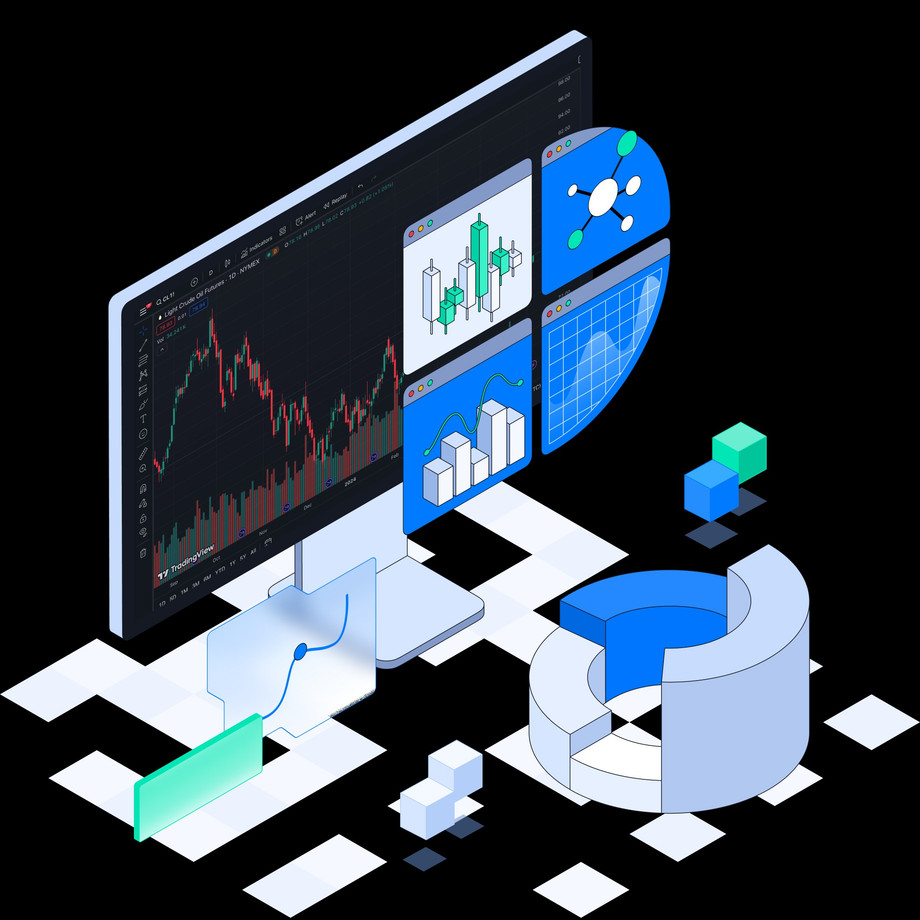CFD trading is about more than just looking at charts; you also need to get a grip on fundamental analysis, which means understanding the real-world stuff that affects prices. While technical analysis zooms in on spotting patterns and trends from past price action, fundamental analysis digs into things like economic indicators, company earnings, and global events to make sense of market trends. For example:
- A Fed interest rate hike to 4.25–4.50% in May 2025 can push gold CFD prices lower as higher rates make non-yielding assets less attractive.
- A stronger-than-expected Non-Farm Payroll report (256 000 jobs vs 155 000 forecast in Jan 2025) drove EUR/USD CFD contracts sharply higher on USD weakness (BLS).
Fundamental analysis helps explain why markets change and is especially important during wild times, like big inflation jumps or geopolitical crises. By looking into why the market is moving, traders can feel more confident about their buy and sell decisions.
In the next sections, we’ll cover the main fundamental drivers, important economic indicators, and practical news-based trading tips for CFD markets.
What Is Fundamental Analysis
At its core, fundamental analysis looks at the basic forces, known as fundamental drivers, that influence asset prices. In CFD markets, these drivers include stocks, forex, and commodities:
- Forex: interest rates, inflation, trade balances
- Commodities: supply and demand data, inventories, geopolitical tensions
- Stocks: corporate earnings, revenue, profit margins
Traders keep a close eye on these metrics because when the CPI or GDP comes in higher than expected, it usually boosts the currency, while disappointing numbers can drag it down. On the flip side, technical analysis is all about price changes and trading volumes. By combining both methods, traders get a solid toolkit: CFD fundamentals answer the “why,” while technical analysis tells you “when.”
Examples:
- Corporate earnings: Tesco’s 3.4% growth in retail sales and UK sales rising 4.6% to £11.36bn contributed to a 2.9% increase in Tesco share CFDs.
- Oil inventory data: A sharp $10 Brent crude drop in April 2025, triggered by U.S. tariffs and OPEC+ supply shifts, showcases the impact of macroeconomic events on CFD fundamental analysis.
- U.S. CPI: April 2025 inflation at 2.3% YoY weakened the dollar (BLS), helping gold CFDs rally.
Key Macroeconomic Indicators Explained
Building an economic calendar mindset is essential for economic indicator CFD traders. Below, we’ll point out the most relevant macro indicators, explain how to read them and show their usual impact on specific CFDs.
Understanding the “surprise” factor (what actually happens) vs forecast (what people expect) is crucial since high-frequency traders often jump on the news right away, causing quick moves in GDP CPI unemployment CFD trading environments.
A) MACROECONOMIC INDICATORS
B) CORPORATE & SECTOR-SPECIFIC INDICATORS
For stock CFD fundamental analysis, company-level metrics reveal sector health:
Examples & Interpretation
- EUR/USD volatility following NFP release:
- April 2025 NFP came in at 177,000 jobs vs. 200 000 forecast, causing EUR/USD to spike +0.9% as traders sold USD.
- Rising CPI pushing gold CFDs higher:
- US CPI at 2.3% YoY in April 2025 surprised on the downside (vs 2.5% forecast), prompting a 1.1% rally in gold CFDs as rate-cut expectations rose.
For more ifno :-







Comments